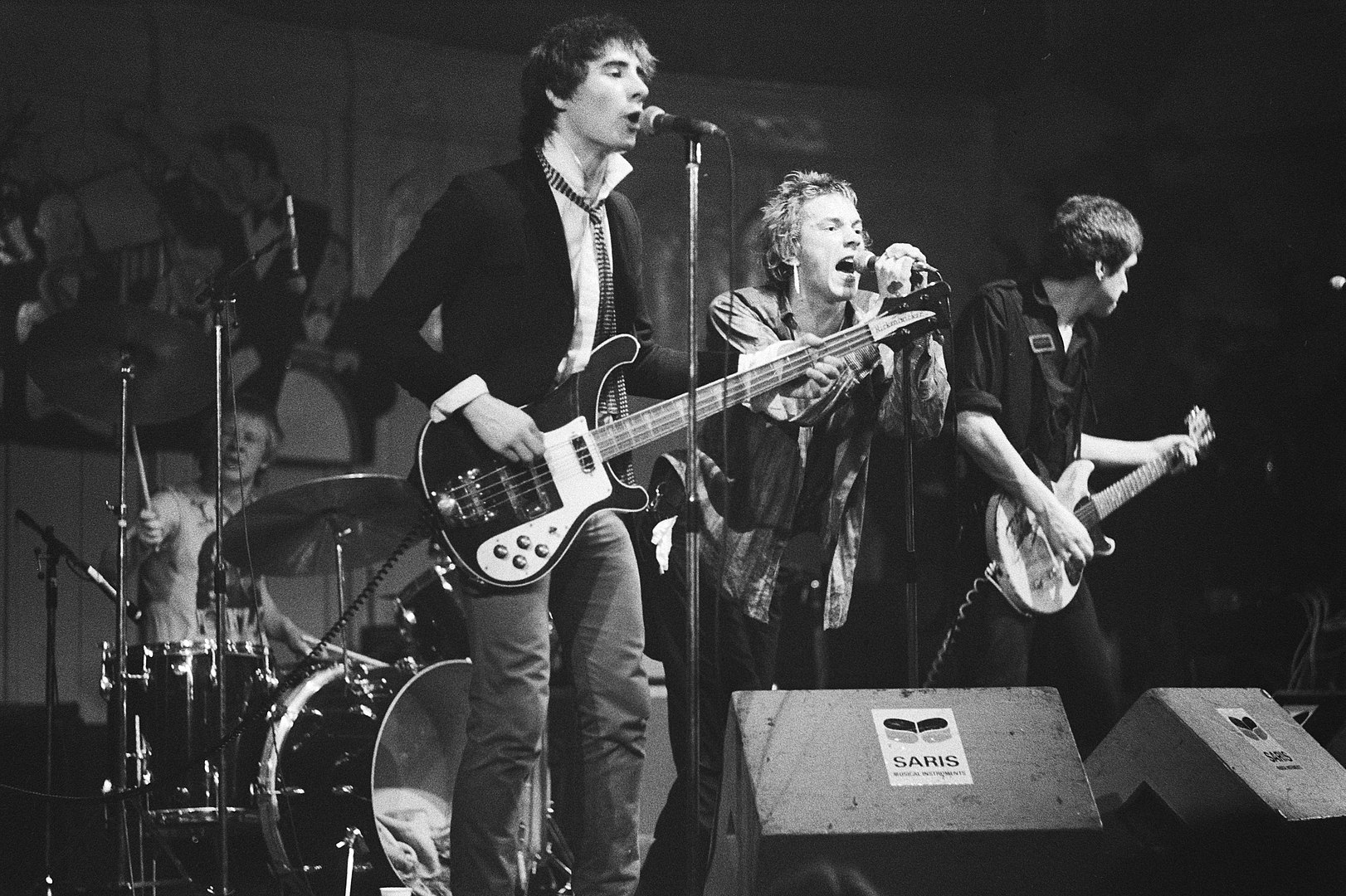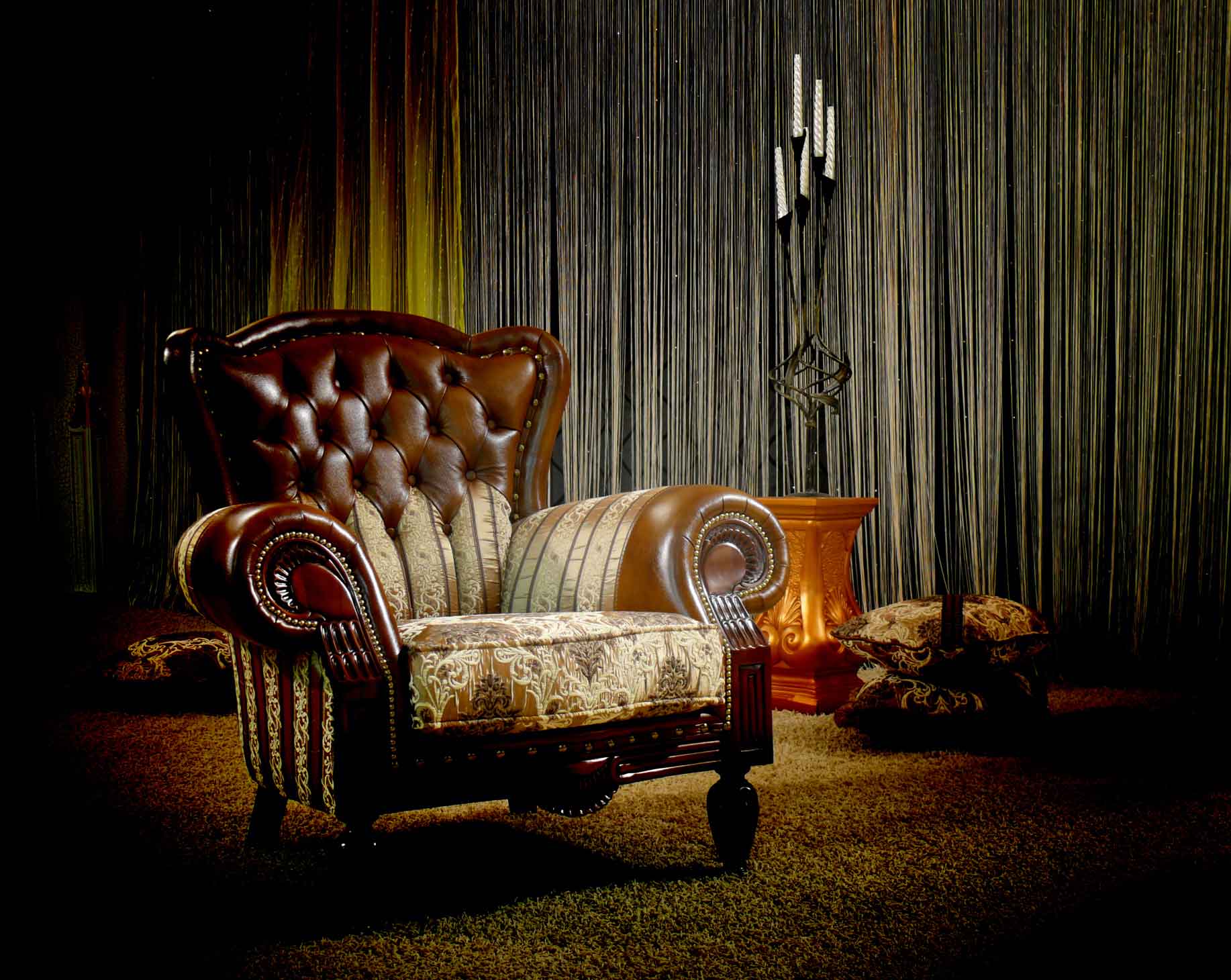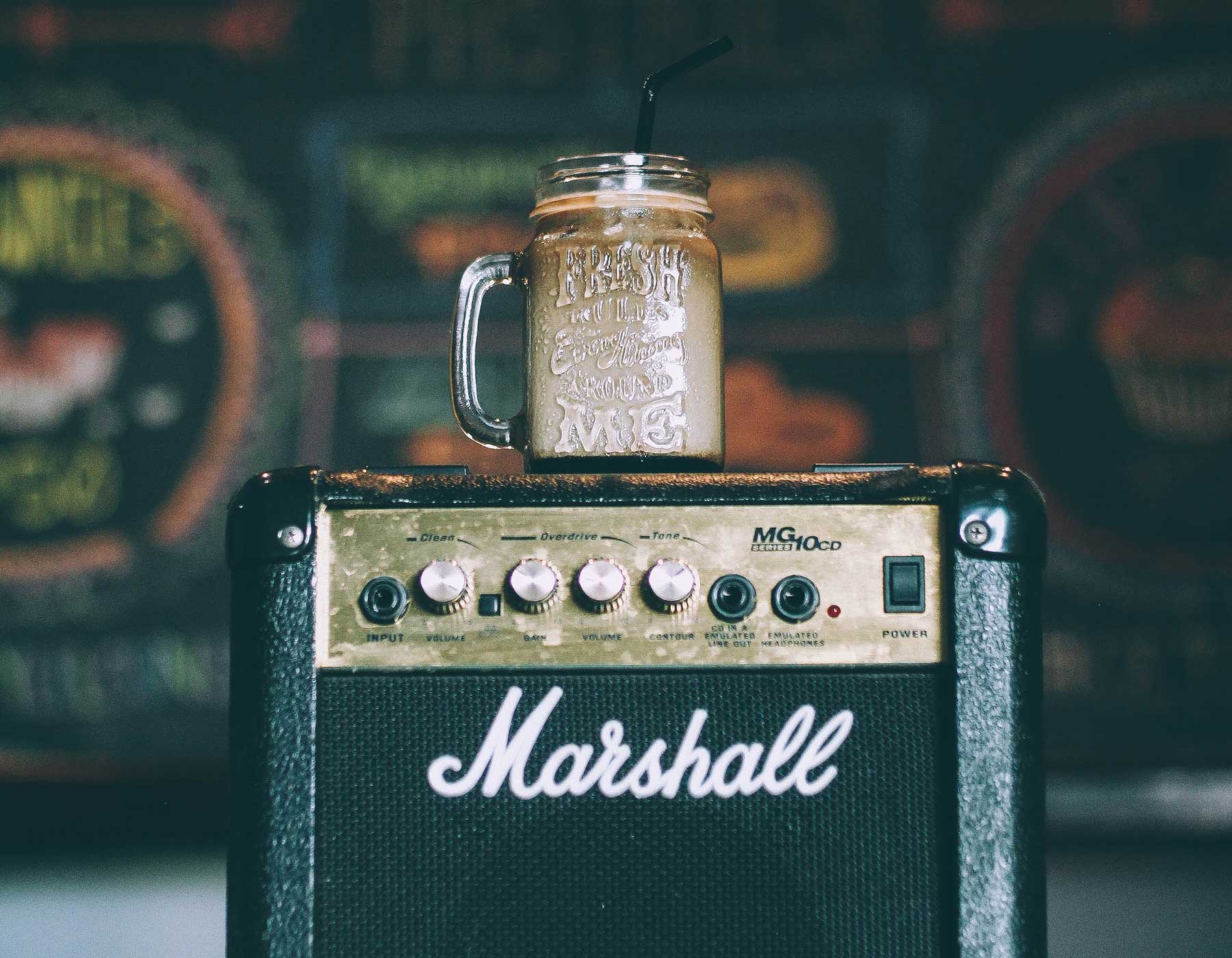Denmark Street on wax
The sound and spirit of Denmark Street seen from across the ages.
Set between Soho, St Giles and Covent Garden, Denmark Street has always had an offbeat quality. Believed to be the only street in London to still have its original 17th Century facades on both sides of the street, few places in the city can rival its innate physical heritage.
Historical value notwithstanding, it’s made the look and feel of the street all the more unique. Now loomed over by Centre Point, the department stores of Charing Cross Road and the new developments of Crossrail, Denmark Street’s entire scale has shifted over the last 20 years. It feels more intimate than it once did, a lesser-kept secret.
In truth, Denmark Street has always been an amalgam of influences and uses. Originally The Rookery of St Giles, it has been the grounds of a leper house from the early 12th century, morphing eventually into an unplanned, overcrowded slum. In the late 17th Century it began to resolve into something close to what we’d recognise today, first occupied by metalworkers and with a period as London’s ‘Little Tokyo.’ From 1911, the first publisher Lawrence Wright moved in and cemented the streets central role in the British music industry: the writer of The Hokey Cokey and The Teddy Bears’ Picnic also worked out of the street; Charlie Chaplin co-wrote the lyrics to ‘Smile’ in the office of Keith Prowse in 1954. The weekly music press was built on the street with Melody Maker and New Musical Express both being founded out of offices here.
As the publishers diminished and moved out, the bands moved in through the Sixties, orbiting around La Giaconda Café at No. 9. The Small Faces were formed, plus Bowie and Hendrix hung out there. The Rolling Stones recorded their debut album at Regent Sound at No. 4, while the Kinks recorded 'You Really Got Me' at Denmark Street Studios. Into the Seventies, Elton John was rumoured to write 'Your Song' at No. 20, while the Sex Pistols lived above No. 6, scratching the walls with graffiti that still endures. Then came the guitar shops which still fill the buildings to this day – noisy emporia of vintage gear and artisan restoration crammed in from cellars to lofts and unrivalled anywhere else in Europe. On a street barely a hundred yards long, the entire history of British music changed course multiple times over in just a few decades.
The counterculture has always been woven through the very fabric of the street – before it was a global retail giant, Forbidden Planet was a tiny shop on the street selling comics and graphic novels to ‘weirdos’ (in their own advertisements’ terms). Hipgnosis based their studio at No. 6, from which they dreamed up the artwork for everyone from Led Zeppelin to Pink Floyd. Round the corner in Tottenham Court Road station, Eduardo Paolozzi’s beautifully restored mosaics captured the jumbled, creative spirit of the area – musical instruments knotted together with cameras and electronic circuit boards in a riot of primary colours. An eccentric little pocket of London, between bigger streets, buildings, and neighbourhoods, forever uniquely holding on to its own identity, there really is nowhere else quite like Denmark Street.
Get the 60s and 70s London cultural feel by staying in our Luxury Clifton Apartment. Explore the freedom of those times with an open-plan layout, bold colours and furnishings, but with tastefully selected modern conveniences.
More journal entries to read

The Punk Era
Punk’s story evolved earlier from the margins both literally and geographically. In the west, 430 Kings Road hosted different incarnations of Malcolm McLaren and Vivienne Westwood’s boutique.

No. 9 La Giaconda
On June 16th in 1972 the world would meet Ziggy Stardust. A messenger for extraterrestrial beings, Stardust’s significantly earthlier occupation was that of an androgynous, bisexual rock star channeling every incarnation of glam rock.

